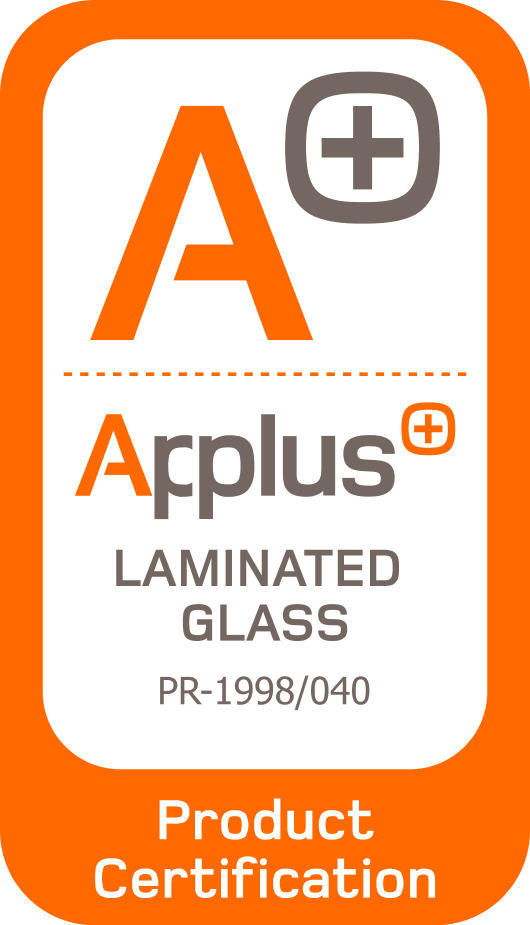World’s proven quality management system
Obeikan Glass Company is committed to satisfy customers requirements
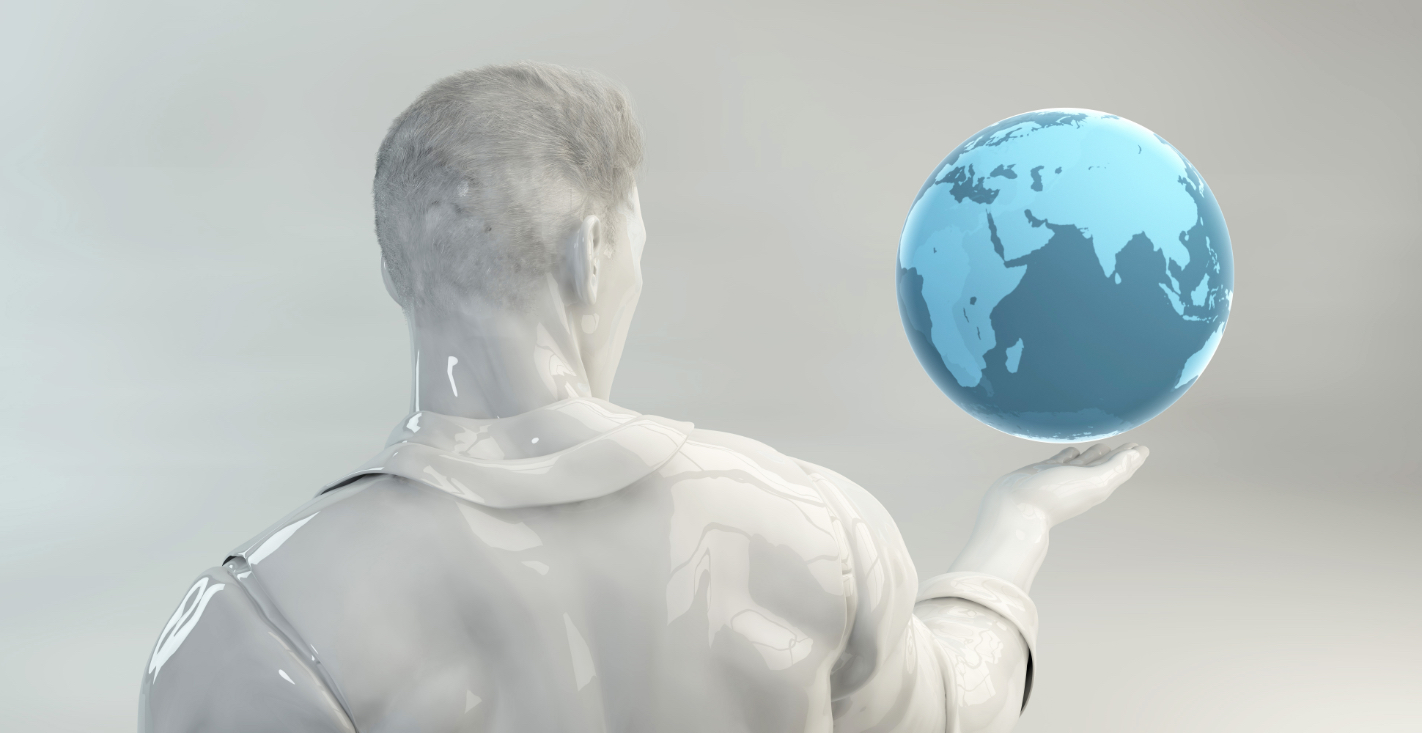
Policy
Obeikan Glass Company is committed to satisfy customers requirements by manufacturing and supplying high quality float products and services by practicing world’s proven quality management system.
OGC Strives to Enhance its Quality Management System by:
Applying people, process and product (3p) and reduce, reuse and recycle (3R) concepts in its related activities.
Setting and review of the quality objectives.
Commitment to control environment pollution and occupational hazards.
Commitment to comply with all statutory requirements.
Commitment to continuously improve the effectiveness through consistent monitoring and review.
Certificates
PERFORMANCE PARAMETERS
Obeikan Glass performance characteristics
| Obeikan Clear Glass Performance Characteristics | ||||||||||
| Thickness (MM) | UV Transmittance % (tuv) | Visible Light | Solar Direct Energy % | Solar Factor(g) % | Shading Coefficient(SC) | U value W/M2K |
General color rending index(RaD65T) | |||
| Trnasmittance (tv.D65) | Reflectance (pv.D65) | Solar Direct Transmittance (te) | Solar direct Reflectance inside (pe) | Solar direct Reflectance outside (pe) | ||||||
| 3 | 68 | 90 | 9 | 86 | 8 | 8 | 88 | 1.01 | 5.8 | 99.3 |
| 3.5 | 68 | 90 | 9 | 86 | 8 | 8 | 87 | 1.00 | 5.8 | 99.3 |
| 4 | 67 | 90 | 9 | 86 | 8 | 8 | 87 | 1.00 | 5.8 | 99.2 |
| 5 | 65 | 90 | 9 | 85 | 8 | 8 | 87 | 1.00 | 5.7 | 99.0 |
| 5.5 | 63 | 89 | 9 | 84 | 8 | 8 | 86 | 0.99 | 5.7 | 99.0 |
| 6 | 61 | 89 | 9 | 83 | 8 | 8 | 85 | 0.98 | 5.7 | 99.0 |
| 8 | 57 | 88 | 8 | 81 | 8 | 8 | 83 | 0.95 | 5.6 | 98.0 |
| 10 | 53 | 88 | 8 | 78 | 7 | 7 | 81 | 0.93 | 5.6 | 98.0 |
| 12 | 50 | 86 | 8 | 76 | 7 | 7 | 80 | 0.92 | 5.5 | 98.0 |
RAT EQUATION THERMAL HEAT TRANSFER
When Solar Radiation strikes Glass sheet, it is partly reflected, partly absorbed in the thickness of the glass and partly transmitted.
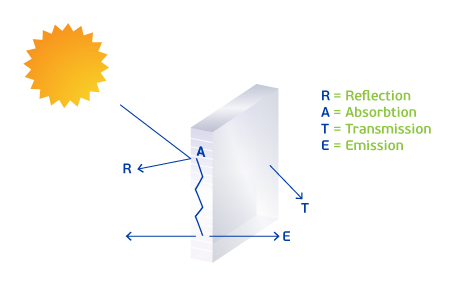
RAT Equation?
When the combined UV, visible light and infrared (solar energy) strikes glass it is reflected (R), absorbed (A) and transmitted (T) in different proportions, depending on the type of glass involved. This gives us the RAT Equation which accounts for 100% of solar energy.
Thermal Heat:
Transfer Heat is transferred either by convection (upward warm air currents), conduction (passing from one object to another) or radiation (where heat passes through space to an object where it is reflected, absorbed or transmitted). The absorbed portion of the energy is subsequently dissipated by reradiation (or emission) to both the outside and inside, in varying proportions, dependent on the type of glass and external weather conditions
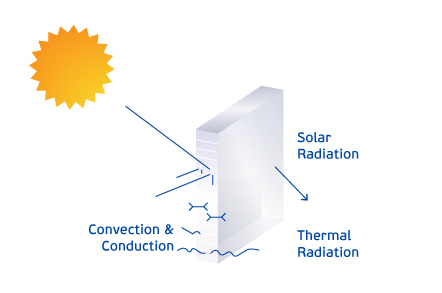
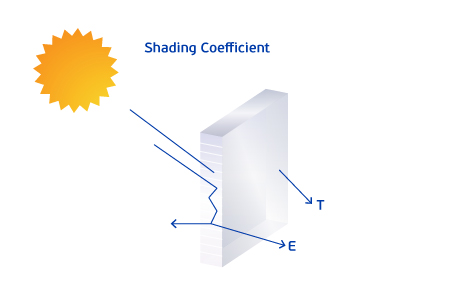
Shading co-efficient(SC) :
The ratio of total solar radiation through a particular glass type, relative to the total solar radiation through 3mm clear float glass. This show the glass performance in reducing heat.

